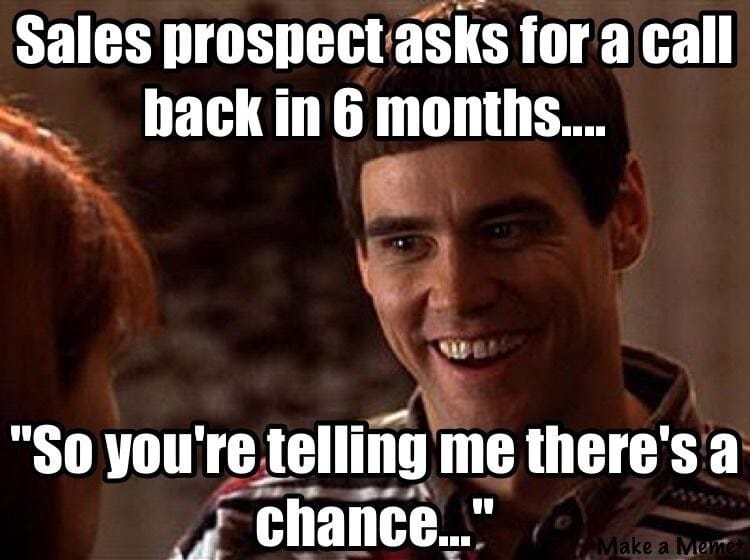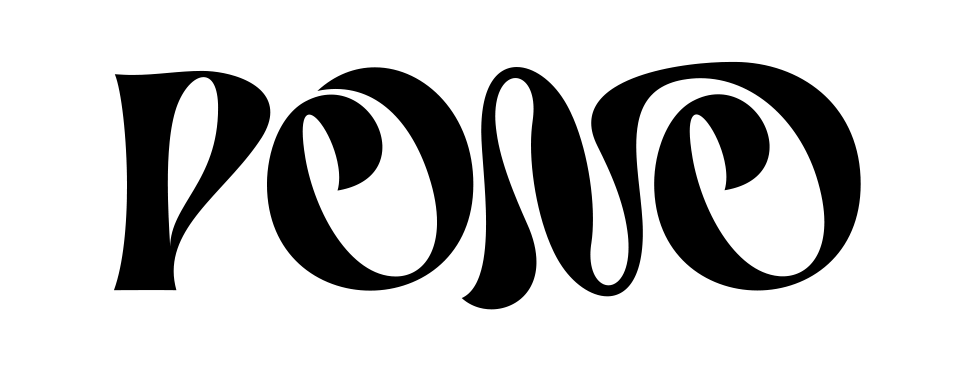- Break Point
- Posts
- Edition 24
Edition 24
One Email Isn’t Enough
Welcome to Break Point, your weekly hit of strategy, surf, and smart growth.
Each week, we send one high-impact growth move straight from the Pono Ventures playbook — and only Break Point readers get the goods.
Let’s drop in. 🌊
One Email Isn’t Enough

They say “fortune favors the bold.” In sales, it also favors the persistent.
Because here’s the brutal truth: your lead won’t always answer on Email #1. Most don’t. If you don’t follow up (or if your follow-up sucks), you’ll disappear into the noise.
Automated cadences let you stay in front without burning out your reps or annoying your prospects. But done wrong, they feel robotic or pushy, and you lose trust.
Let’s walk through how to build follow-up cadences the right way — tailored by industry, sales cycle stage, and communication style — backed by what the data actually says.
Why Follow-Ups Matter (Backed by Data)
80% of sales require five follow-ups after the first meeting.
44% of reps give up after the first attempt
The most successful reply-driven campaigns use 6 touches over ~3 weeks
Optimizing cadences (versus leaving follow-up unstructured) can boost results by up to 110%.
So yes: following up works. The question is how you do it in a way that’s smart, not annoying.
The Principle Framework: Cadence by Industry + Stage
Before you automate, build your bones:
Segment by industry / vertical
Prospects in finance, manufacturing, healthcare, or B2B SaaS respond differently. Your touch frequency, channel mix, and messaging tone should adapt.Map to sales cycle stage
Early outreach / discovery stage: high persistence, educational, value-led.
Mid-stage / evaluating stage: more consultative, objection handling, proof/references.
Late-stage / closing stage: urgency, decision triggers, offers or trials.
Post-prospecting / nurture stage: light check-ins, content, insights, not hard sells.
Channel mix & sequence
Use at least 2–3 channels: email, phone (call + voicemail), social (LinkedIn/InMail), sometimes SMS or video. Alternate among them to avoid fatigue.Value evolution
Every touch must bring something new. Insight, case studies, questions, mini-research, tailored ROI angle. Don’t just be “checking in.”Exit / reset logic
If no engagement after full cadence, pause or move to a slower drip. Don’t keep hitting the same contact forever.Instrumentation & feedback loops
Use CRM/automation tools to track open rates, replies, click-throughs, meeting bookings, and which touchpoints triggered engagement. Then iterate.
Implementation: Automation + Guardrails
You don’t hand this off to robots blindly. You can build smart processes:
Use a CRM / cadence engine (Outreach, SalesLoft, HubSpot sequences, etc.) to automate sending, reminders, task creation.
Insert conditional branching: if a touch gets a reply or an opened click, skip redundant steps, change next message.
Add manual tasks at critical points: phone calls, personalized video, research follow-up.
Monitor early metrics (open rates, click-throughs, replies) to prune or adapt cadences.
Rotate variants: A/B test subject lines, timing, CTA density.
Set a safety cap (e.g. no more than X touches per contact in 30 days) to avoid abuse.
Common Objections
I know what you’re thinking. I know what your sales and marketing team are thinking. We’ve heard all the objectives. Here are the facts.
“We’ll annoy them.”
If your touches deliver genuine value and vary format + timing, it’s less annoyance and more helpful persistence. Use a soft “break-up” touch so you won’t continue indefinitely.
“This is too rigid / templated.”
Templates are starting points. Each prospect needs personalization (company data, references, unique pain) layered over the cadence.
“We don’t have time to manage this.”
With automation + task delegation, the cadence engine runs itself. Reps only intervene where needed.
“This won’t work in our industry.”
That’s why your cadences must adapt. e.g. in regulated industries, tone must be more conservative, spacing longer; in consumer SaaS, you can be more aggressive.
“We lose authenticity.”
Always bake in manual override steps, let reps personalize, inject bespoke bits (a side note, a question) to avoid sounding robotic.
Final Reminder & Call to Action
If you’ve been treating follow-up as optional or ad hoc, start with this: design one smart cadence (e.g. for your highest-volume, mid-market vertical), instrument it, and run it for 30–60 days. Gather real metrics, compare to past performance, and iterate.
Follow-up is the difference between “that lead” and a closed deal. When built thoughtfully, automated cadences are your silent engine ensuring you stay top-of-mind, deliver value, and never vanish.
Want to talk marketing with the Pono team?
Book a call with one of our founders! We do four strategy sessions a week helping companies beat their growth targets (no strings attached).

Weekly Beach Vibes

Glass Beach, CA

In life, pono stands for righteousness and balance. In Hawaiian, if a person is living pono, it means that they have struck the right balance in their relationships with other things, places, and people in their lives. It also means that they've made a conscious decision to do right by themselves, by others, and by the world in general.
We live by Pono.